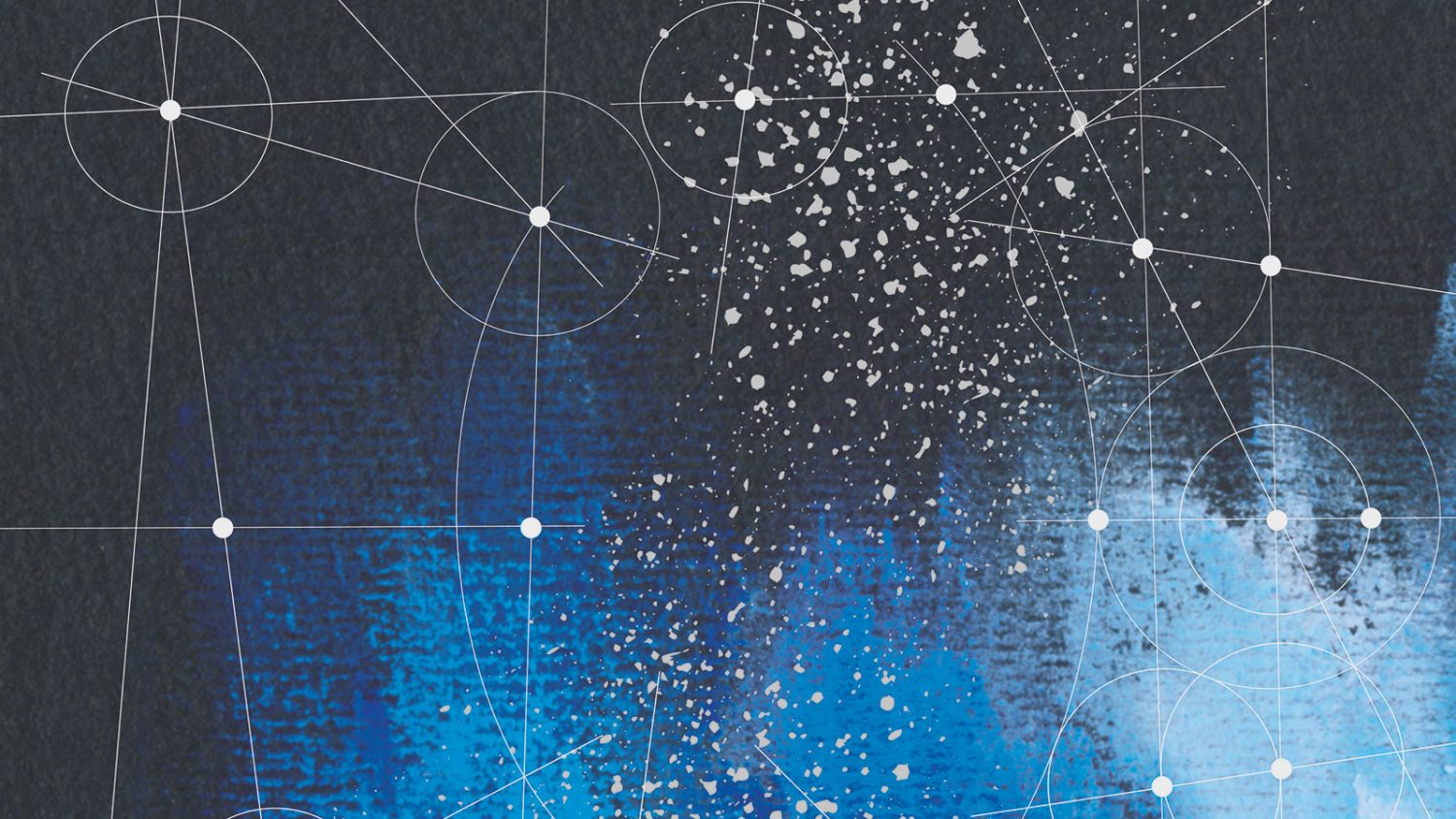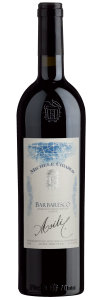Asili, the essence of Barbaresco

Asili is perhaps the most famous (and celebrated) cru of Barbaresco, an exemplary vineyard that offers the top wines of the denomination.
In order to know where the Asili Menzione Geografica Aggiuntiva (or MGA) is, one simply has to observe the location of the homonymous village, located just south of the town of Barbaresco. We are in the north-eastern area of the Langhe, with hills winding just outside the town of Alba, towards Asti, on the right bank of the Tanaro, the river that separates it from the Roero.
The locality of Asili is part of the municipality of Barbaresco which, together with Neive, Treiso and San Rocco Seno d’Elvio (a small town near Alba), forms a small territory where it is possible to grow and vinify Nebbiolo grapes used to make wines that can boast the name “Barbaresco”.
Looking at the maps, the vineyard area of the municipality of Barbaresco looks like a wedge with the tip facing north. And Asili is located exactly in the center of this wedge, a vineyard that stretches for 360 degrees around its hilltop, bordered in a clockwise order, by some of the most renowned MGAs in the area: Cars, Muncagota, Martinenga, Pora and Faset.
MICHELE CHIARLO’S LOTS
The particular circular shape of the vineyard, with an altitude between 210 and 290 meters, brings about a wide spectrum of exposures, the best of which, as often happens, are those facing south. Michele Chiarlo owns three distinct plots on these slopes, all facing south, south-west: about one hectare of rows that include a vineyard near the chapel of San Teobaldo, another just below the village and another one slightly towards west, in the basin that borders the Faset MGA.
The soil of Asili presents the typical geological formation of the Langhe area of Barbaresco: bluish-gray calcareous marls with a basic pH and a slight presence of clay, very poor in organic matter, but rich in microelements such as magnesium and calcium.
Exposure, land and of course the hand of the winemakers who, over the generations, have valued these grapes, make Asili a cru with a very high value: the first bottle bearing the name of the area on its label dates back to 1967, and also in the famous Carta del Barbaresco (Barbaresco Charter) drawn up by Renato Ratti in 1984, one of the first of its kind, Asili is described as a “winegrowing sub-area of great tradition and value”.
A proof of this historical excellence can be found in the work of Alessandro Masnaghetti, who dedicated much of his research and tasting activities to the Barbaresco crus. In the book Barbaresco MGA, the best positions of Asili are defined as the “essence of finesse”, with soils capable of producing “wines with rigorous tannins” that “focus on elegance rather than on structure, on austere and almost never powerful tannins and on a very delicate fruit”.
Characteristics that fully reflect Chiarlo’s Barbaresco Docg Asili: a sumptuous and ethereal wine that manages to enhance its important structure with a refined and persuasive elegance. The notes of red fruits develop into very fine hints of spices, and the silky body of this wine surprisingly envelops the palate at length.

SUSTAINABILITY AND LANDSCAPE
Like many of Michele Chiarlo’s crus, Asili is also part of V.I.V.A. Sustainable Wine, a project that this winery of Calamandrana has decided to participate in to improve and monitor its environmental impact and sustainability throughout the entire supply chain. The landscape of Asili, as well as the whole Barbaresco denomination, is part of the 6 core zones identified by UNESCO and acknowledged as a World Heritage Site for its picturesque beauty and the inextricable bond between man and viticulture, which is expressed here in its most perfect and elegant forms.

